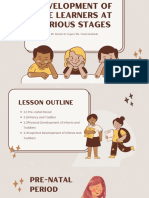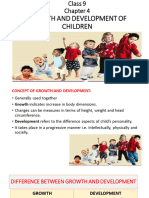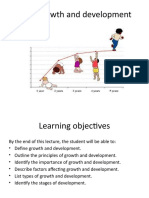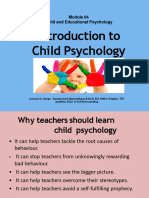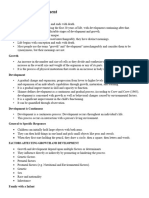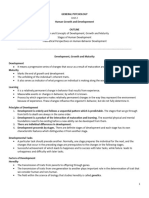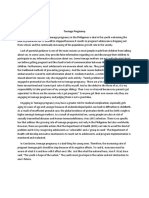0% found this document useful (0 votes)
40 views15 pagesChild Development
Child development is a complex process that begins in the womb and continues until maturity, encompassing various domains such as physical, cognitive, emotional, and social growth. Key factors influencing development include genetics, environment, nutrition, education, socio-economic status, and secure attachments with caregivers. The document also outlines developmental theories, stages of prenatal and physical development, and milestones in language and moral development.
Uploaded by
Safiek MeeranCopyright
© © All Rights Reserved
We take content rights seriously. If you suspect this is your content, claim it here.
Available Formats
Download as DOCX, PDF, TXT or read online on Scribd
0% found this document useful (0 votes)
40 views15 pagesChild Development
Child development is a complex process that begins in the womb and continues until maturity, encompassing various domains such as physical, cognitive, emotional, and social growth. Key factors influencing development include genetics, environment, nutrition, education, socio-economic status, and secure attachments with caregivers. The document also outlines developmental theories, stages of prenatal and physical development, and milestones in language and moral development.
Uploaded by
Safiek MeeranCopyright
© © All Rights Reserved
We take content rights seriously. If you suspect this is your content, claim it here.
Available Formats
Download as DOCX, PDF, TXT or read online on Scribd
/ 15


